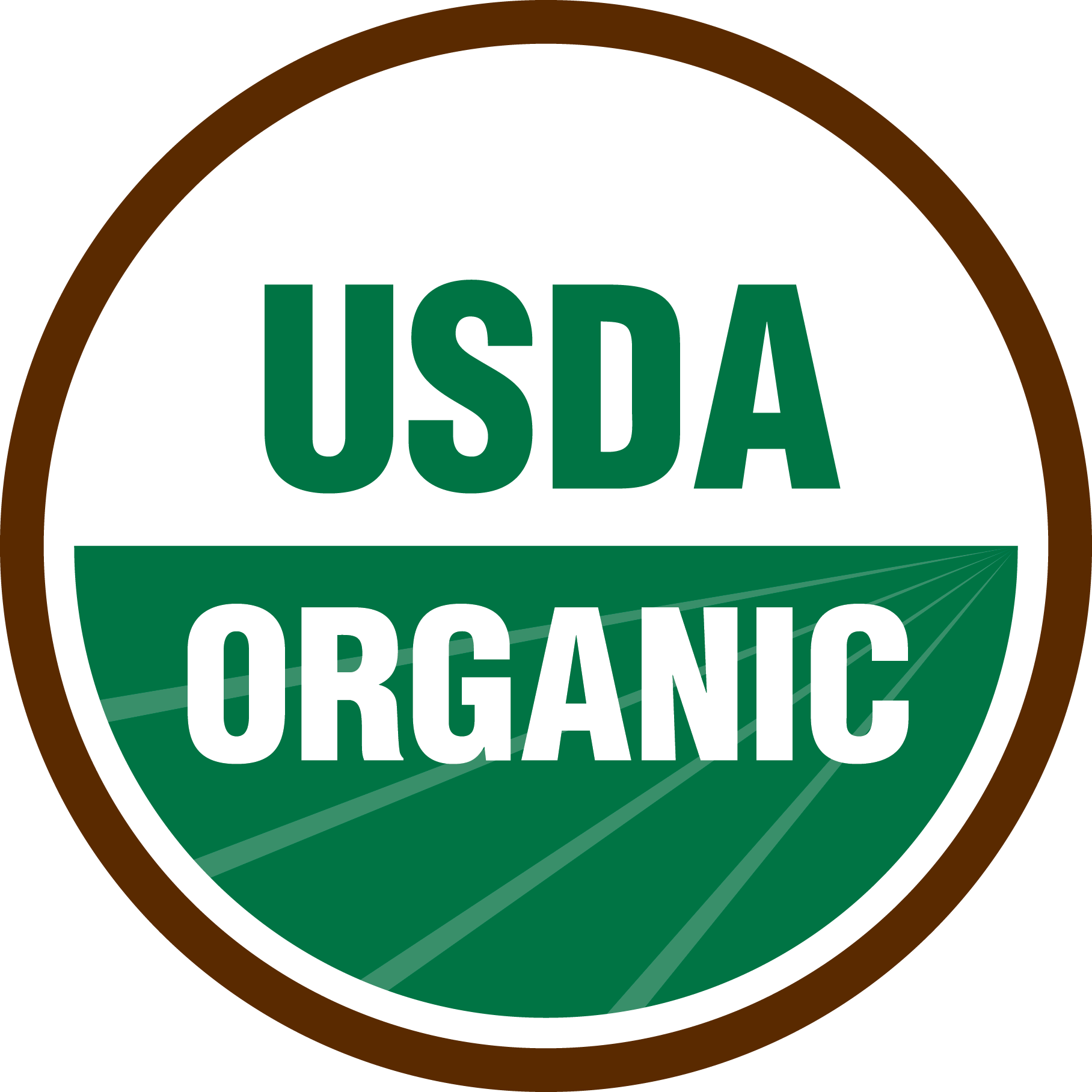How does retail markup work?
- Melissa Kagiyama
- Dec 2, 2020
- 3 min read
We have been convinced that cheaper is better- “a penny saved is a penny earned.” Here we’re going to explain how retail markup works with the questions in mind, “is cheaper better?” and “at what cost are we saving our pennies?”

First we must point out that these are all simplified generalities that we’ve learned from our own experience over the years, and we're still learning. Not every brand or store necessarily fits into this model, but you will be better able to discern when companies do fit into this model by your good judgment.
Let’s follow an imaginary jar of jam for an example: strawberry jam $3.49
A grocery store has costs-employees, insurance, electricity, rent, etc. Depending on these costs, they will buy products and resell them for higher. This is markup. Most grocers’ markup is about 50%. (We’ve seen a range of 15%-100% though.) This means that if the jam is $3.49 on the shelf, it likely cost the store $2.30.
The grocer probably bought the product from a distributor. The distributor is like a one stop shop and delivery service for the grocer. They also has costs of course: employees, insurance, fuel etc. Distribution tends to be about 15%. So the distributor sold the jar of jam for $2.30, but bought it for about $2.00.
The distributor bought the jam from the cook (the processor). The cook has expenses and here there is a variety of markup. Depending on the mass of production, markup is 30% (though we’ve heard of it as low as 15% in competitive, mass produced products). So that jar of jam that sold for $2.00 to the distributor costs $1.50 to produce.
We’ll go further into this cost, because we know it best, though these are not our costs. These are quotes we’ve gotten if we were producers who were cooking 100s of 1000s of one product.
Jar and label- $.20
Other ingredients like sugar- $.30
Strawberries-$.50
Overhead like employees, insurance etc-$.50

Farmer
Processor
Distributor
Store
Home
Now we don’t know what’s going on with these other jars of jam, but we do know that Key to the Mountain pays farmers fair wages. We pay high prices for fruit because our farmers take care of their land, protect the environment, and this takes more time and thought. And with all their hard work, they deserve to live a decent life like anyone does. That means that in our cost break down, the cost of the produce in each jar of Key to the Mountain jam averages about $4. Literally $4 of each jar goes straight back to the farmer! This not not poor business practices-this is how we are voting with our dollar for high quality food.

A less expensive, high quality option:
Farmers' market
Home

The least expensive option:
Grow your own food at home!
In order to get down to this example’s $.50 cost in fruit, we guess that either the jam would need lots of cheap fillers like sugar, chemicals or water, or the fruit would need to be bought at next to nothing. Of course no one purchasing these products would want excessively sugared up foods with weird chemicals. Obviously everyone can agree that we must take care of the earth if we want to eat nutritious and delicious food. And without a doubt, no want would intend to promote slave wages! But if we don’t understand how markup works then we are blind to the supply chain. Every purchase we make is a vote for either a fair and healthy world or not. Every purchase you make is a reflection of your values. Please make sure you know your values and align your purchases with those values. Your dollar is extremely powerful!







Comments